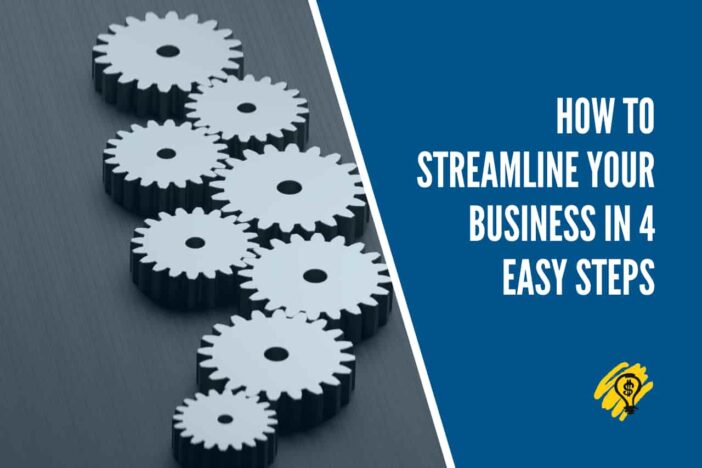Just like how the strength of a chain is limited by its weakest link, the performance of a business is also limited by the efficiency of the most inefficient process. Any kind of business, whether that is selling products or services, relies on a variety of different departments to execute its roles properly. Within each department, there are countless micro-operations that need to be handled. If something is wrong at the micro-level, it will affect everything above it and will lead to instability at the highest level.
Business process optimization is a two-step process. Firstly, it involves adjusting the processes at the most basic level in order to maximize the output of everything above it. Secondly, it is critical to update the top-tier protocols, regulations, operations, processes, and general management so that it can be more effective in detecting instabilities that exist deep within the system.
To remove inefficiencies in your business, this is what you need to do.
1. Assess The Situation
Make sure you understand any problems you find within your workflow. If there is a persistent issue with accounting, an excess leakage of cash, and general inaccuracy stemming from the accounting department for example, then you need to work towards clearly identifying the reason. There could be multiple factors, for example, human error, lack of skill, lack of understanding of the accounting system, lack of sufficient financial information, or even theft.
It’s important for problems to be analyzed when they are still relatively harmless. As the business grows and the problem becomes further compounded, it will become harder to detect, and it will be harder to slow the operations down to look for the underlying issue.
2. Digitize What You Can
Today, one of the biggest assets that businesses have is technology. It can help in everything from HR management to assembly line automation. It can be used internally, externally, remotely, in-house, and in many other ways. Since it is so much more cost-effective now, even the smallest of businesses can make use of it.
For instance, if cash leakage is the issue, it might be because the data is not being recorded correctly from the point of sale. You can solve this problem by digitizing this process. Then the question arises: “how do you choose the right POS system?”, and this could depend on many different factors. The most important thing to look at is not just how effectively this will solve your problem, but also how effectively it will integrate with the rest of your internal ecosystem and workflow.
You might find that after installing a simple POS you are having to restructure how your inventory is stored, how your cash is handled, how your digital payments are managed, and many other things simply because the POS solution has created requirements. To save yourself from this trouble, look at the overall package and see if it fits your needs.
3. Evaluate
With your solution installed, it is important that you evaluate its performance. In the example of cash leakage, you might find that the error has now been addressed. Your balance sheets are now looking healthy, and you have a better view of the entire cash flow cycle. However, will this solution be effective if you wanted to add more products? Or integrate a new payment solution? Or decentralize operations and let a third-party take over money management?
These are some things that you will only understand over time when you actually use the system. As it’s hard to judge which direction the business will go in, and it’s just as challenging to determine whether it will be a long-term fit. Yet, carrying out a thorough evaluation of an existing system in terms of whether or not it is meeting your current demands is possible.
Related:
4. Optimize
Your analysis will give you some idea of where you need to improve and what you need to do to achieve better results. Initially, you can do this on your own. For instance, if you need to improve payment options for online clients because your website is now generating some sales in a new country, you can do this on your own. When the scale of these operations increases, it will be more efficient to hire a specialist to help you out with expansion. These specialists, such as a Chief Financial Officer, will be more knowledgeable in their respective departments.



